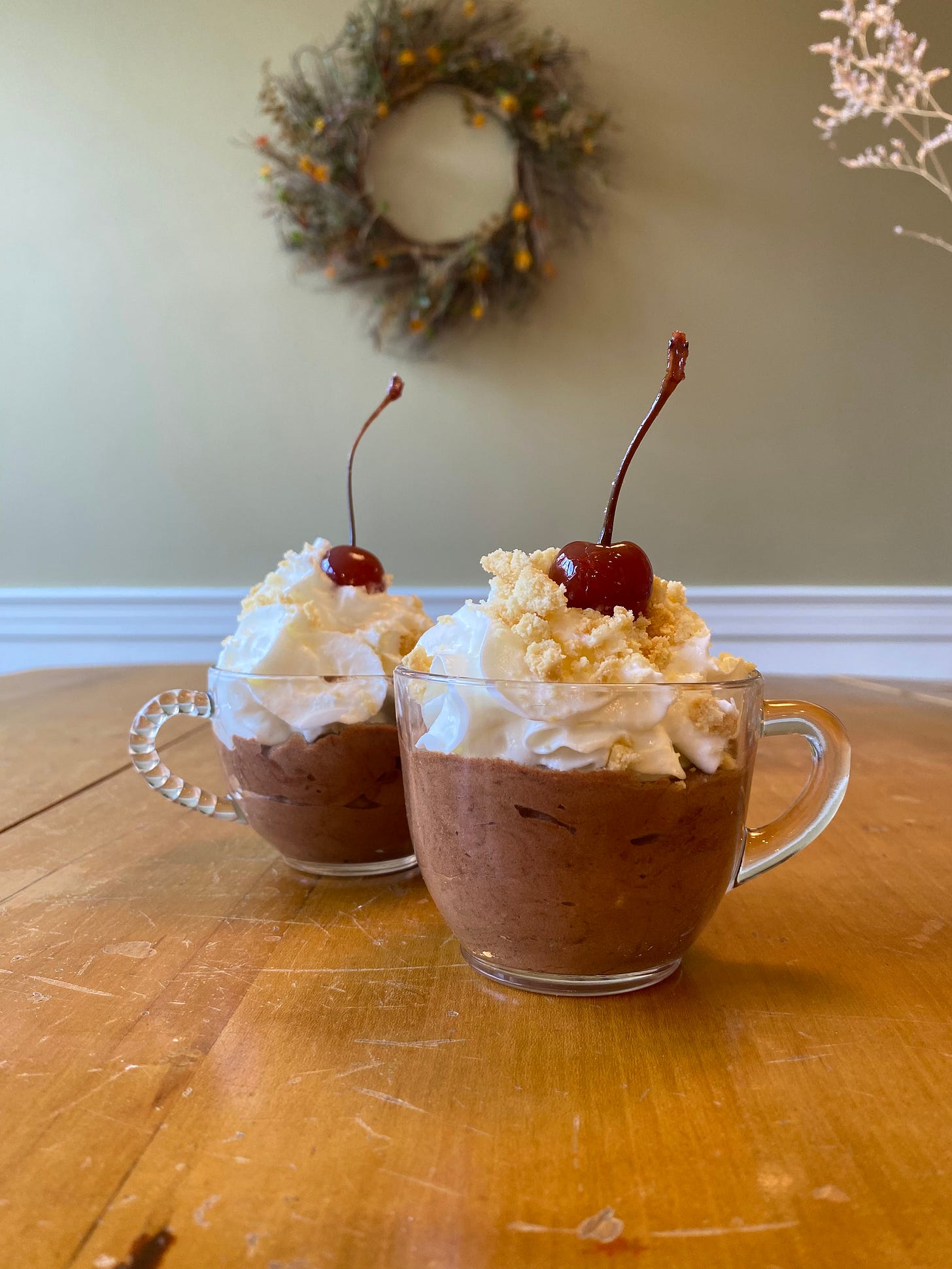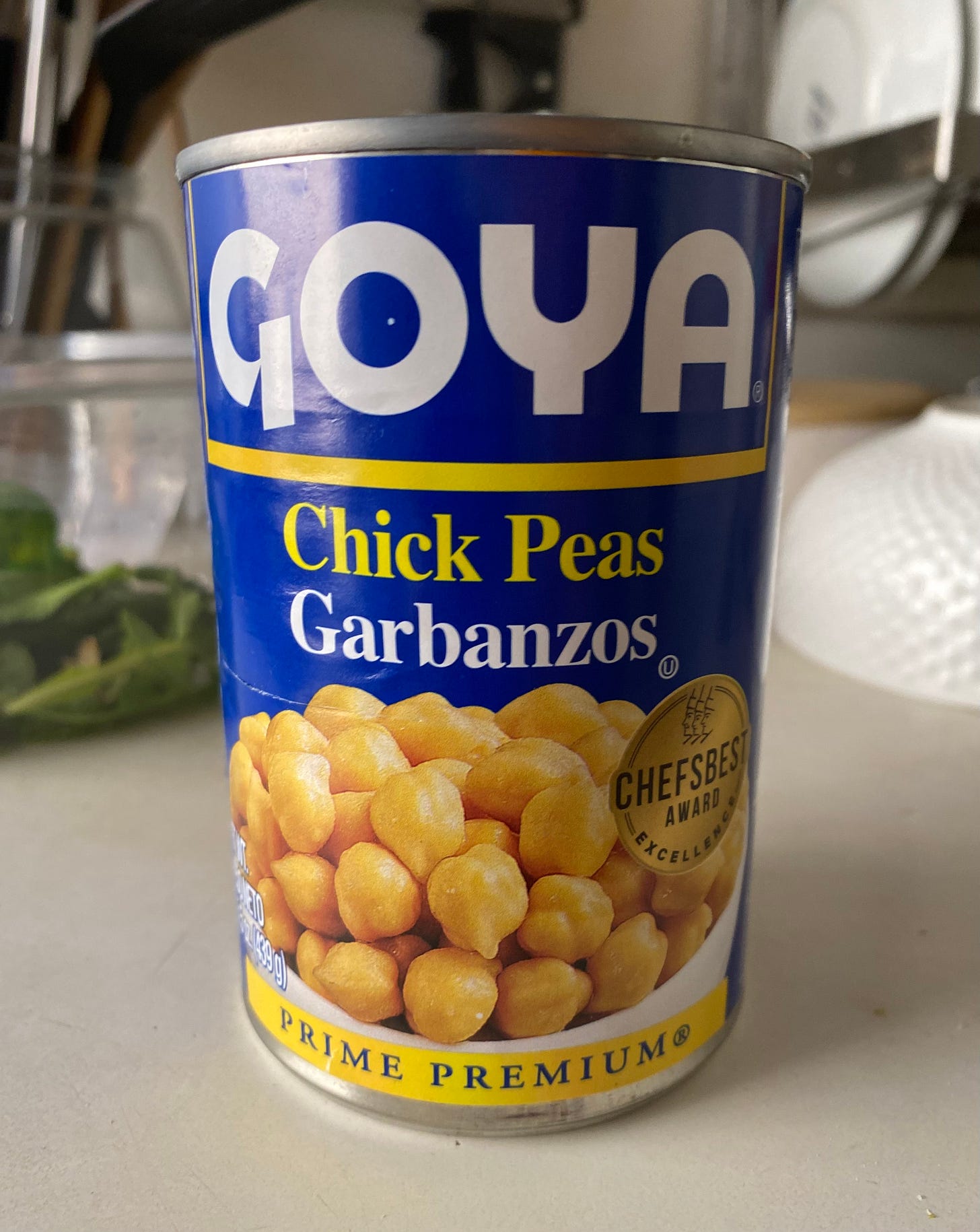This is the fourth installment in a series on baking with climate-hero ingredients.
You know you’re a baker when you look out a plane window at 30,000 feet and see heaps of meringue piled all the way to the horizon instead of clouds: towering, crisp-edged Italian meringues, droopier French ones scuttling below and threatening rain, and noncommittal Swiss meringues hovering somewhere in between.
A miraculous concoction of agitated egg whites and sugar, meringue is a vowel in every pastry cook’s alphabet. It tops pies and tarts, lends loft to cake batters and mousse, and forms cookies that seem sculpted from silk. But egg whites aren’t the only way to make meringue. In many cases, aquafaba — or chickpea brine — can be a lower-carbon meringue pinch-hitter, if you know how to make it shine.
Making a plant-based meringue is one way bakers can take our dessert techniques off animal-product autopilot. Western baking makes constant, background use of eggs and dairy for texture and flavor, when sometimes plants can work just as well. Pulses like chickpeas have a quarter the environmental impact of eggs; and using the liquid from a can of garbanzos in a dessert recipe spares it a trip down the drain.
Humble though chickpea water might seem, it whips into a logic-defying foam because it has similar proteins to those in egg whites. But it’s not quite as naturally stable as an egg-white foam, so you need a few tricks up your sleeve to make it last more than a few hours without falling apart. Here are three techniques for my three favorite meringue-based desserts — and a holiday mousse recipe that’s a seventies time machine.
For meringue cookies, add a pinch of cream of tartar.
discovered that the method for perfect aquafaba meringue cookies is the same as for ones made with egg whites: Add a pinch of cream of tartar along with the sugar, whip to stiff peaks, and bake. Throw in a dash of a strong flavoring component — like coffee or ground green cardamom — to cover up the mild beany flavor.For an easy mousse, lean chocolate-y.
Folding melted chocolate into lightly sweetened aquafaba meringue yields a rich chocolate mousse that fools non-vegans and stays stable for days, thanks to the magical staying powers of cocoa butter. Using this chocolate shortcut isn’t the only way to make a stable aquafaba mousse, but it is the easiest.
For a pie meringue, use agar agar.
For a meringue worthy of topping a pie, borrow from the trusty Italian meringue method and use a scalding sugar syrup (instead of granulated or superfine sugar alone). In the case of an aquafaba meringue, the sugar syrup cooks away the beany flavor and is a way to incorporate agar agar, a seaweed-based gelling agent that keeps the topping sky-high and jiggly until you’re ready to snarf it down.
Recipe: Chocolate Frango Mousse
When my mom and her siblings were growing up, the holidays arrived in an avalanche of cheeseballs, chili and — more to the point of this newsletter — frozen chocolate frango. The frozen chocolate mints, first created at a Seattle department store, divided the six Auel children along stark lines. You either loved the frigid, fudgy bites, or you hated them. And I think I get it. I’m all for chocolate and mint flavors with kitschy toppings, but give them to me in something light and airy!
I developed this aquafaba mousse recipe to have all the typical trappings of frango-dom: a whisper of mint against the chocolate, a dapper hat of whipped cream, vanilla wafer crumbles, and a maraschino cherry. The result is oddly addicting.
Since the meringue is aquafaba-based, the dessert can be plant-based if you want. Or use whatever canned whipped cream or crumbly cookies you already have on hand. Just be sure to use bittersweet or dark chocolate chips for the most intense, chocolate-y flavor.
Makes 4 ramekin-sized mousses
Mousse
125g (½ cup) aquafaba
½ teaspoon lemon juice
2 teaspoons sugar
141g (5 oz) vegan chocolate chips, bittersweet or dark
¼ teaspoon peppermint extract
Toppings
Vanilla wafer cookies, crumbled
Coconut whipped cream
Maraschino cherries
Add the aquafaba, or chickpea water, to the bowl of a stand mixer fitted with the whisk attachment. Mix until foamy, then sprinkle in the sugar while the mixer is running. Mix on medium-high speed for 7-10 minutes, or until the meringue has nearly 10x-ed in size. (Be patient and the stand mixer will floof it more than a hand-mixer — or weak human arms, for that matter — ever could!)
Meanwhile, heat the chocolate in short bursts in the microwave, mixing often with a fork, until it has completely melted.
While the chocolate is still quite warm, whisk a small portion of the meringue into the melted chocolate until the two are well combined and smooth. Then add the chocolate mixture and peppermint extract to the remaining meringue, and fold it together by hand until fully combined and mousse-y (if the mixture gets stiff, use a whisk and some muscle).
Divide the mousse between four ramekins (or three teacups if you want larger servings), and refrigerate for at least three hours or up to a day. When ready to serve, top with coconut whipped cream, crumbled wafer cookies, and a maraschino cherry.
Aquafaba storage tip
The next time you open a can of chickpeas, drain the liquid into Tupperware and freeze it. Then thaw to room temperature and use it when a meringue urge arises.
More meringue reading
A new generation of bakers have their head in the clouds (T Magazine)
The science behind vegan meringues (Serious Eats)
A toolkit to help scientists find the ultimate chickpea (The New York Times)
Farmers trial climate-friendly chickpeas in upstate New York (Civil Eats)








Thanks for all the tips about amazing aquafaba (the discovery of which might have been just as amazing as the discovery of meringue itself). I wonder if you have come across a tip for turning the aquafaba to white from its natural beige color. In some recipes (for example mousse) this is not an issue, but in others (pies or macaroons, for example) the color may play a role in the aesthetics (or in the expected aesthetics, at least).